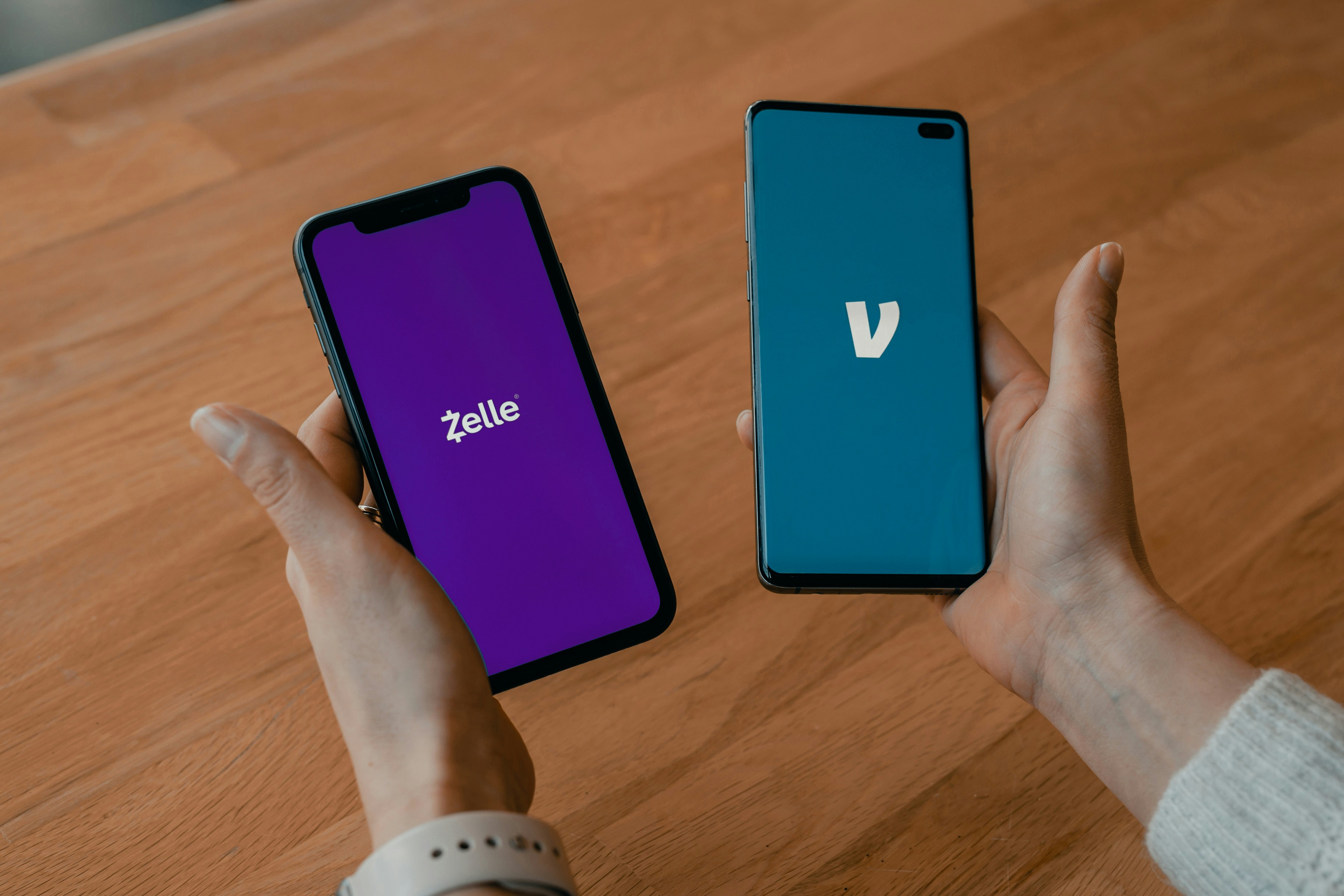Zelle Returns Online After Nationwide Outage Affecting Bank Customers

New York, NY (WE) — Zelle, the popular peer-to-peer payment platform, has returned to service after a major outage disrupted payments for customers at various banks. The issue, which began Friday morning, impacted users across the country. Many reported delays in sending and receiving money. The outage, tracked and reported by DownDetector, caused a spike in complaints as users faced payment issues throughout the day. By afternoon, reports of the outage began to decrease, signaling that the situation was being addressed.
A Zelle spokesperson confirmed the disruption in a statement to CNN. They attributed the issue to a problem with Fiserv, a third-party service provider. Fiserv, a global payments technology company, provides essential services to some banks that partner with Zelle. The spokesperson assured customers that the issue was resolved and that Zelle worked closely with its partners to restore service fully.
The Outage and Its Impact
DownDetector first detected the problem early Friday morning. Users reported pending transactions and failed payments. By mid-afternoon, reports of the outage began to decrease. However, customers from several banks, including Truist and Navy Federal Credit Union, voiced their frustrations online.
“I’ve been trying to pay my rent since Thursday evening, and it’s still showing as pending,” said a Truist customer in a complaint posted on DownDetector. “I feel like my money is just floating, and no one will help with anything or take accountability!”
Zelle, used by millions of Americans to send money instantly between bank accounts, operates through a network of partner banks and financial institutions. As one of the most popular methods for peer-to-peer payments, Zelle’s swift and direct transfers make it a go-to solution for individuals and businesses.
Zelle relies on third-party vendors, including Fiserv, which handles key infrastructure for many banks that integrate with the platform. In this case, an internal issue at Fiserv temporarily disrupted service.
Fiserv’s Response and Resolution
Fiserv acknowledged the internal issue that caused the disruption. A spokesperson explained the situation in a statement to CNN: “Earlier today, we experienced an internal issue that temporarily disrupted service. The issue has since been resolved, and we are now working to process the backlog.”
The company clarified that the problem did not stem from malicious activity or a security breach. Fiserv emphasized that its team acted quickly to resolve the issue and would implement measures to prevent similar disruptions in the future.
“We take these issues seriously and are committed to ensuring that our partners and their customers can rely on our services,” said a representative from Fiserv. The team quickly resolved the issue, which reduced further delays, but some users still wondered when their transactions would be completed.
As the outage ended, Zelle clarified that “users may see transactions marked as ‘payment pending’” as the system caught up with the backlog. While the statement assured customers that normal operations would resume soon, Zelle did not specify the exact number of affected users or banks.
Bank Responses and Further Details
Several banks, including Bank of America, acknowledged the disruption. Matthew Card, a spokesperson for Bank of America, confirmed that some customers had experienced delays with Zelle. “Earlier today, some clients experienced a delay in sending and receiving certain payments,” Card said in a statement to CNN. “This was a vendor-related issue that affected multiple banks. The issue has been resolved.”
This aligns with the information from Fiserv, which explained that the problem stemmed from an issue with the service provider’s infrastructure. While the outage did not affect all users, those who were impacted faced a frustrating wait for their payments.
Representatives from other banks, including JPMorgan Chase, Wells Fargo, and Citibank, declined to comment. These banks, like Bank of America, rely on third-party vendors like Fiserv to power Zelle transactions for their customers.
Read More:
- Mike Waltz to Exit White House Amid Signal Chat Fallout
- New Jersey Teen Charged With Arson in 15,000-Acre Wildfire That Prompted Mass Evacuations
- Pete Hegseth Under Fire for Leaked Military Plans in Private Signal Chat
The Role of Zelle in the Digital Payment Landscape
Zelle is a key part of the growing digital payments ecosystem in the United States. Launched in 2017, it quickly gained popularity by offering a free, instant way to send money between users. Unlike traditional wire transfers, which can take days, Zelle allows users to send funds within minutes. This has made it a convenient choice for everything from splitting bills to paying for services.
The platform is owned by Early Warning Services (EWS), a company co-owned by major U.S. banks like JPMorgan Chase, Bank of America, and Wells Fargo. Through partnerships with thousands of banks and credit unions, Zelle facilitates billions of dollars in transfers every day. It competes directly with peer-to-peer platforms like Venmo and Cash App, which have also grown in popularity.
Despite its convenience and the backing of major financial institutions, Zelle has faced scrutiny, especially regarding its use in scams and fraud. Because Zelle transactions are irreversible, users have been targeted by scammers. This concern has prompted consumer protection advocates to call for more safeguards. Still, Zelle remains widely used due to its speed and zero-fee structure.
The Growing Importance of Instant Payments
The rise of platforms like Zelle reflects a broader trend in the financial industry toward faster, more efficient payment methods. Consumers increasingly seek real-time transactions, especially in today’s fast-paced digital economy. As traditional banking methods become slower, Zelle fills the gap by offering an alternative that meets modern financial expectations.
Zelle’s rapid adoption is thanks to its seamless integration with existing banking apps and its ability to leverage the infrastructure of large financial institutions. By tapping into these banking networks, Zelle processes transactions almost instantly, an advantage over payment methods that rely on intermediaries or third-party services.
However, the recent outage highlights vulnerabilities in the system. While technical issues are common in digital platforms, the reliance on third-party vendors like Fiserv creates potential risks. As Zelle grows, it will need to maintain robust systems to avoid future disruptions.
Moving Forward: Trust and Transparency in the Digital Payment Space
As the digital payments industry continues to evolve, transparency and reliability are crucial to maintaining user trust. Zelle’s swift response to the outage and its communication with users represented positive steps. However, for a platform that processes billions of dollars daily, users expect a level of service that minimizes disruptions and provides clear updates during issues.
For now, Zelle users can breathe a sigh of relief as the platform returns online after the outage. Still, this incident reminds us of the challenges in providing fast, secure digital payment solutions. As Zelle and its partners work to prevent future issues, consumers will watch closely to see if the platform can maintain its reputation as a reliable, convenient money transfer option.
Zelle has not yet shared a specific timeline for clearing all pending transactions. However, it has promised to prioritize the backlog in the coming days. Users should stay patient and contact their banks if they have concerns while waiting for their payments to process.
In today’s fast-paced digital payment world, Zelle’s quick action may reassure customers. The company appears focused on improving service and offering a reliable, efficient way to send money.















